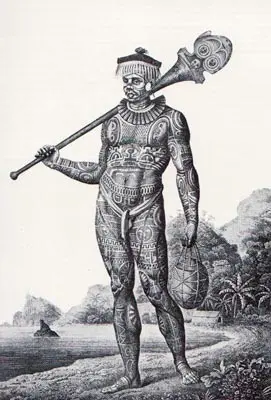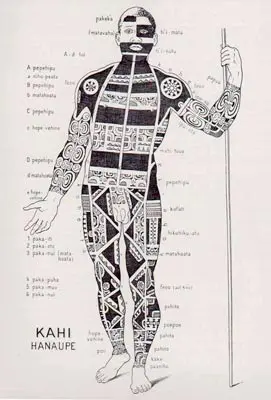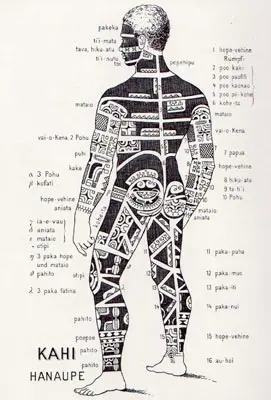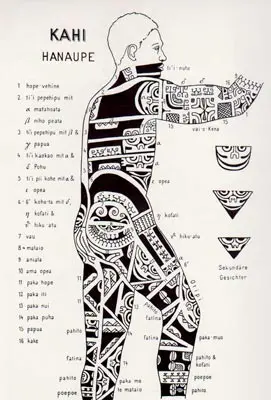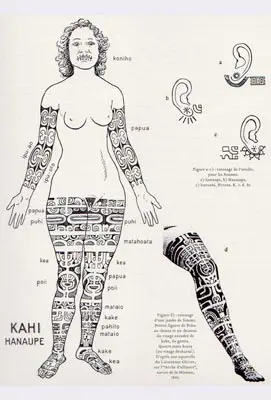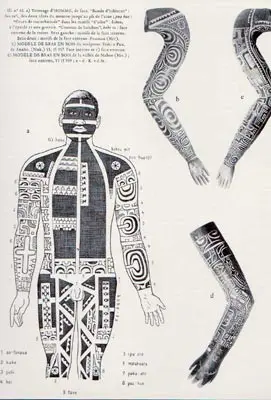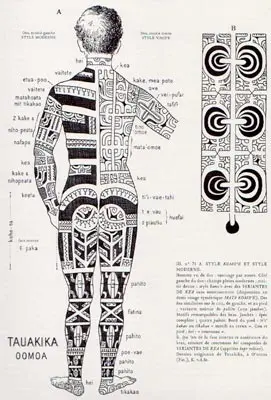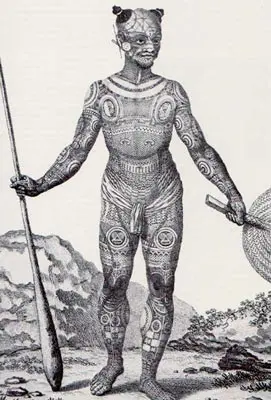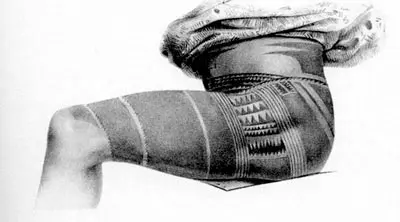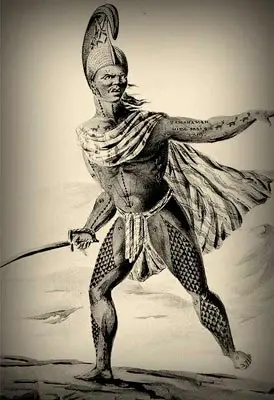History of the Tatatau
This is a passage of the history of the Tatatau(tattoo) which is of the traditional tattoo’s of Tonga. Tatatau is made of two words, Ta (to strike) and tatatau (similar, repeatedly) literally to strike repeatedly.
Traditional Tattoos
The tradition of tattooing in Tonga was abandoned soon after European contact and the arrival of missionaries.
At one time, nearly all Tongan males would have worn tattoos very similar to the pea, or traditional tattoo worn by Samoan men.
Women were tattooed as well in ancient Tonga, however the designs were limited to the arms and the inside of the hands and fingers.
Tattooing was officially outlawed in 1838.
Today, few Tongans even realize that their ancestors wore tattoos, not only has the art been lost over the past two centuries, but even the knowledge of it is gone as well.
Tonga’s story is interesting, and quite different from the other Island groups in Polynesia, as Tonga has always remained independent.
It seems Tongans were amazingly smart. Very soon after European contact Tongans styled their own monarchy after that of their visitors.
They retained their own land and rule, and readily adopted Christianity.
Although they retained many aspects of their traditional culture, other aspects have been lost entirely; lost even in the memories of the last elders.
Knowledge of the old gods, the ancient religion, and the tattoo are gone forever.
Fortunately one of the early French explorers, Dumont d’Urville included a detailed illustration of a Tongan mans tattoo in his journal.
If it were not for this drawing we would know little about the appearance of the tattoo in Tonga.
There are brief descriptions of tattooing found in other explorers journals, and a short article published in 1900 by H. Ling Roth,
but little else was recorded or written on the Tongan tattoo.
The mans tattoo in Tonga was done in the same manner as the Samoan tattoo.
The tool itself was a sharpened comb, made of either bone or shell.
This was hafted onto a wooden handle.
A second wooden tool served as a mallet, tapping the primary tool repeatedly, driving the comb into the skin.
The pigment was soot collected from burning candlenut, a nut with a flammable oil.
The soot was then mixed with either water or a fat until it reached the desired consistency.
The process of tattooing in ancient Tonga was a long and painful one,
particularly considering the amount of heavy black coverage in the tattoo. It was definitely a mark of manhood.
Change of Rules: abolishment of Traditional Tattoos in Tonga
The advent of Christianity in Tonga witnessed the loss of several indigenous practices such as the practice of tatatau or tattooing.
Although the art of tattooing was retained in the nation of Samoa, it was completely erased in Tonga.
However, the art and practice of tattooing has been enjoying a revival in Tonga in recent years.
1839
Was the year that King Siaosi Tupou I began devising laws that would eventually outlaw and eradicate traditional Tongan tattooing.
After his conversion to Christianity, many traditional practices that were not favored by Christian values were deemed unnecessary, heathenistic, or pagan; even though he himself had been tattooed in the traditional manner.
Though the practice of tatatau quickly vanished in Tonga, Tongan chiefs, especially those of the Kanokupolu line, continued to travel to Upolu and Savai’i to get tattooed. Samoa had not abandoned the practice, and Tongan
chiefs, because of their status, still felt somewhat exempt by the new laws/codes that now governed regular Tongan society.
-Tolu Fieeiki
source: missionariesoftonga.weebly.com
